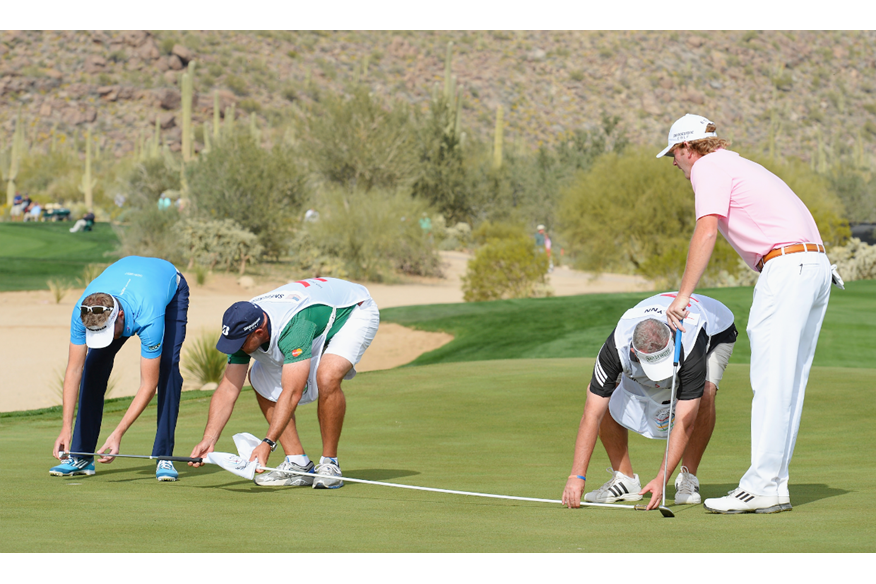Can I take a drop? Golf’s most misunderstood rules
Published:
Are you breaking the rules without realising it? Here’s a reminder
We all like to think we know what we’re doing on the course, even if our shot-making is usually a dead giveaway. But what you may not realise is that you’ve probably broken the same rules twice, maybe three times over, already this summer.
Toby Thorne, deputy championship director at England Golf, says he’s lost count how many times he’s had to give a ruling on the course to stop golfers from incurring a penalty. To help keep you on the straight and narrow during your next club comp, he’s picked out five of golf’s most misunderstood rules…
Water hazards
Never assume that because your ball was veering towards a water hazard, it is in the hazard. Just because you can’t nd your ball, it doesn’t mean it has found a watery grave. It must be “known or virtually certain” that it lies in the hazard to take relief under the water hazard rule (Rule 26- 1). Without this certainty, your only option is to proceed under penalty of stroke and distance (Rule 27-1). That is why it always makes sense to play a provisional ball whenever you have any doubts after playing your original shot.
Taking a drop
When taking relief from a water hazard (yellow stakes and/or lines), it is not the position of the ball that matters; it is where the ball last crossed the margin of the hazard. You may drop any distance behind the hazard, but you must keep a straight line between the hole and the point where the ball last crossed the margin. Just remember it’s only with a lateral water hazard (red stakes and/or lines) that you may drop within two club- lengths of the point of entry, no nearer the hole (Rule 26-1)
Pick and place
Winter rules are there to help us, but it’s easy to breach them when preferred lies are in operation. To avoid incurring a one-stroke penalty, make sure you mark your ball before lifting it to prefer a lie. And once the ball has been preferred in the rst instance, the ball is now in play and cannot be moved again.
Animal droppings
If a ball lies in an area surrounded by rabbit droppings, it does not mean you are entitled to a free drop. Animal droppings are classed as loose impediments, hence they may be removed (Rule 23-1), but there must be interference from an abnormal ground condition, such as an actual hole, cast or runway in the ground which has been made by a burrowing animal, to claim relief and drop your ball away from them (Rule 25-1). And no, animal footprints do not count!
Declaring a lost ball
If you hit a hook into the trees, and knock your provisional five feet from the pin, you are not obliged to look for your original ball. However, there is nothing stopping your opponent or fellow competitor from looking. If they find it within the five-minute search period, and you haven’t already played your next shot with your provisional, you must go and identify the ball. If it is yours, you must play it. Ignoring it in favour of the provisional would mean you’d be playing a wrong ball, and incur a two-stroke penalty at best (Rule 27-2c).

